Credit risk modeling using sas course notes pdf
Credit risk regulatory guidelines with BASE II; Regulatory stress testing guidelines with DFAST and CCAR; Credit risk management with credit risk models forms a framework for measuring the risk associated with traditional crediting products like loans, financial letters of credit, commitments made to offer credit etc. In today’s times lending
In this course, students learn how to develop credit risk models in the context of the Basel guidelines. The course provides a sound mix of both theoretical and technical insights, as well as practical implementation details. These are illustrated by several real-life case studies and exercises.
E-learning courses on Advanced Analytics, Credit Risk Modeling, and Fraud Analytics = Previous post. Next post => Tags: Advanced Analytics, Bart Baesens, Credit Risk, Fraud analytics, Online Education, SAS. These online courses, developed by Prof. Bart Baesens and SAS, include videos, case studies, quizzes, and focus on focusses on the concepts and modeling methodologies and not on specific
Math 774 – Credit Risk Modeling M. R. Grasselli and T. R. Hurd Dept. of Mathematics and Statistics McMaster University Hamilton,ON, L8S 4K1 January 3, 2010
New e-Course: Credit Risk Modeling Using SAS Is Credit Risk Modeling Using SAS the training you need? Popular Business Knowledge Series instructor Bart Baesens, Ph.D. discusses the course …
In Credit Risk Modeling Using SAS training course, Participants learn how to develop credit risk models in the context of the recent Basel II and Basel III guidelines. The course provides a sound mix of both theoretical and technical insights, as well as practical implementation details.
10/11/2016 · Hi, and welcome to the first video of the credit risk modeling course. My name is Lore, I’m a data scientist at DataCamp and I will help you master some basics of the credit risk modeling field.
Credit Risk Analysis Using Logistic Regression Modeling Introduction A loan officer at a bank wants to be able to identify characteristics that are indicative of people who are likely to default on loans, and then use those characteristics to discriminate between good and bad credit risks. Sample
New E-learning Credit Risk Modeling course by Prof. Dr. Bart Baesens Analytics India Magazine. 21/11/2014 . Credit risk modeling is undoubtedly among the most crucial issues in the field of financial risk management. With the recent financial turmoil and the regulatory changes introduced by the Basel accords, credit risk modeling has been receiving even greater attention by the financial and
Course Description. This hands-on-course with real-life credit data will teach you how to model credit risk by using logistic regression and decision trees in R. Modeling credit risk for both personal and company loans is of major importance for banks. The probability that a debtor will default is a key component in getting to a measure for
22/06/2015 · Credit Risk Analytics is undoubtedly one of the most crucial activities in the field of financial risk management at the moment. With the recent financial downturn and the regulatory changes
2 Developing Credit Risk Models Using SAS Enterprise Miner and SAS/STAT The remaining chapters are structured as follows: Chapter 2 covers the area of sampling and data pre-processing. This chapter defines and contextualizes issues such as variable selection, missing values, and outlier detection within the area of credit risk modeling, and
cal/statistical modeling of market- and credit risk. Operational risks and the use of financial time series for risk modeling are not treated in these lecture notes. Financial institutions typically hold portfolios consisting on large num-ber of financial instruments. A careful modeling of the dependence between
Learn all about Credit Risk Analysis, Credit Rating, Credit Scoring, Structural Models, Term Structure in details 3.0 (141 ratings) Course Ratings are calculated from individual students’ ratings and a variety of other signals, like age of rating and reliability, to ensure that they reflect course …
E-learning courses on Advanced Analytics Credit Risk
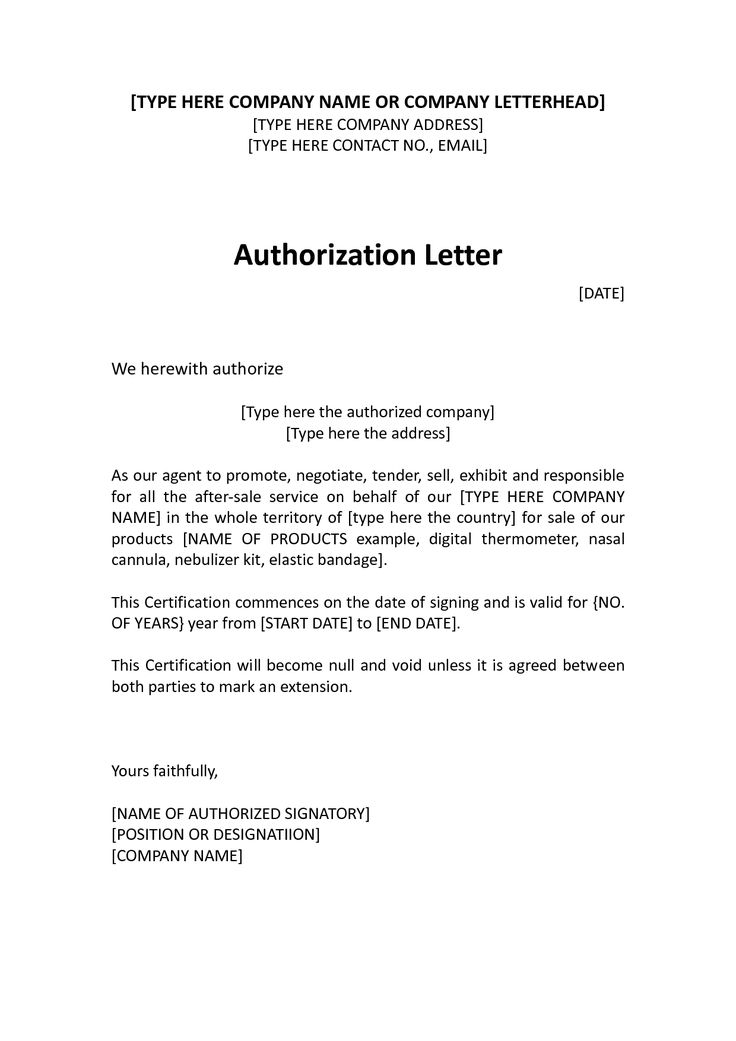
New e-Course Credit Risk Modeling Using SAS SAS Video
Logistic Regression using SAS – Indepth Predictive Modeling 4.4 (724 ratings) Course Ratings are calculated from individual students’ ratings and a variety of other signals, like age of rating and reliability, to ensure that they reflect course quality fairly and accurately.
credit risk models, or is responsible for monitoring the behaviour and perfor-mance of credit risk models. Prerequisites Before attending this course, you should have business expertise in credit risk and a basic understanding of statistical classification methods. Previous SAS® software and SAS® Enterprise Miner™ experience is helpful but
Advanced Credit Risk Modeling for Basel II Using SAS – Course Notes (2008) – Free ebook download as PDF File (.pdf), Text File (.txt) or read book online for free. Credit risk
Credit Risk Analysis and Prediction Modelling of Bank Loans Using R Sudhamathy G. #1 #1 Department of Computer Science, Avinashilingam Institute for Home Science and Higher Education for Women University, Coimbatore – 641 043, India. 1 sudhamathy25@gmail.com Abstract—Nowadays there are many risks related to bank loans, especially for the banks so as to reduce
Application of SAS ®! Enterprise Miner ™ in Credit Risk Analytics Presented by Minakshi Srivastava, VP, Bank of America 1. Table of Contents Credit Risk Analytics Overview Journey from DATA to DECISIONS Exploratory Data Analysis Develop Quantitative Tools Validate and Compare Best Strategy Evaluation SAS® Enterprise Miner™ –additional benefits Challenges of Credit Risk Industry
by credit risk analysis. Credit risk modeling has been the subject of considerable research interest in nance and has recently drawn the attention of statistical re-searchers. In the rst chapter, we provide an up-to-date review of credit risk models and demonstrate their close connection to survival analysis.
Credit Risk Modeling 2 The Basics of Credit Risk Management • Loss Variable L˜ = EAD ×SEV × L • Exposure at Default (EAD) = OUTST +γCOMM Basel Committee on banking supervision: 75% of off-balance sheet amount. Ex. Committed line of one billion, current outstandings 600 million,
estimate credit risk models also stems from the infrequent nature of default events and the longer-term time horizons used in measuring credit risk. Hence, in specifying. 2 model parameters, credit risk models require the use of simplifying assumptions and proxy data. The relative size of the banking book – and the potential repercussions on bank solvency if modelled credit risk estimates
Credit scoring – Case study in data analytics 5 A credit scoring model is a tool that is typically used in the decision-making process of accepting or rejecting a loan. A credit scoring model is the result of a statistical model which, based on information
13/07/2015 · Developing Credit Risk Models Using SAS Enterprise Miner and SAS/STAT: Theory and Applications combines both theoretical explanation and practical applications to define as well as demonstrate how you can build credit risk models using SAS Enterprise Miner and SAS/STAT and apply them into practice.
Self-Paced E-learning course: Credit Risk Modeling The E-learning course covers both the basic as well some more advanced ways of modeling, validating and stress testing Probability of Default (PD), Loss Given Default (LGD ) and Exposure At Default (EAD) models.
Could anyone help me with: 1) Conceptualization of EAD Modeling methodology using SAS Code 2) Data Preparation for the purpose of building EAD Model 3) SAS Code for EAD Model development
of other models using weighted least squares. PROC NLMIXED gives ML tting of generalized linear mixed models, using adaptive Gauss{Hermite quadrature. PROC GLIMMIX also ts such models with a variety of tting methods. The examples in this appendix show SAS code for version 9.3. We focus on basic model tting rather than the great variety of
Credit Risk Modeling Using SAS . e-learning. Home; Course Outline; Register Now; Introduction to Credit Scoring . application scoring, behavioral scoring, and dynamic scoring; credit bureaus; bankruptcy prediction models; expert models; credit ratings and rating agencies; Review of Basel I, Basel II, and Basel III. Regulatory versus Economic capital; Basel I, Basel II, and Basel III
Credit Risk Analytics: Measurement Techniques, Applications, and Examples in SAS . Book · October 2016 with 8,126 Reads How we measure ‘reads’ A ‘read’ is counted each time someone views a
Developing Credit Risk Models Enterprise Miner in the development of credit risk models, and a small amount of SAS Model Manager for model monitoring and reporting. This book does not provide proof of the statistical algorithms used. References and further readings to sources where readers can gain more information on these algorithms are given throughout this book. About the Examples
These notes are organized as follows: † In Chapter 1, we provide a concise summary of the main developments within the so-called structural approach to modeling and valuation of credit risk. We also study very brie°y the case of a random barrier. † Chapter 2 is devoted to the study of a simple model of credit risk within the hazard
Or do you want to go beyond the requirements and improve your business with your credit risk models? If your credit risk is managed properly, you should be able to do both. Let’s break it down. Credit risk refers to the probability of loss due to a borrower’s failure to make payments on any type of debt. Credit risk management is the
Credit risk modelling using R, Python, and other analytics-friendly programming languages has greatly improved the ease and accuracy of credit risk modeling. Credit risk modeling is still extremely niche and offers great career prospects for those who have a good …
A Beginner’s Guide to Credit Risk Modelling
Developing Credit Risk Models Using SAS Enterprise Miner and SAS/STAT: Theory and Applications demonstrates how practitioners can more accurately develop credit risk models as well as implement
Tutorial Name: Reading Materials Size in MB: Tutorial total Size Order Now!
structural approach to modeling and valuation of credit risk. In particular, we present the classic structural models, put forward by Merton [124] and Black and Cox [25], and we mention some variants and extensions of these models. We also study very succinctly the case of a structural model with a random default triggering barrier.
Guide to Credit Scoring in R By DS (ds5j@excite.com) (Interdisciplinary Independent Scholar with 9+ years experience in risk management) Summary To date Sept 23 2009, as Ross Gayler has pointed out, there is no guide or documentation on Credit Scoring using R (Gayler, 2008). This document is the first guide to credit scoring using the R systemRisk managers who want to stay competitive in today’s marketplace need Credit Risk Analytics to streamline their modeling processes. Despite the high demand for in-house models, this pioneering guidebook is the only complete, focused resource of expert guidance on building and validating accurate, state-of-the-art credit risk management models.
Credit Risk Models: An Overview Paul Embrechts, Ru¨diger Frey, Alexander McNeil ETH Zu¨rich c 2003 (Embrechts, Frey, McNeil) A. Multivariate Models for Portfolio Credit Risk 1. Modelling Dependent Defaults: Introduction 2. Latent Variable Models for Default 3. Bernoulli Mixture Models for Default 4. Mapping Between Latent Variable and Mixture Models 5. Statistical Issues in Default Modelling
06/12/2016 · DexLabAnalytics is one of the industry leaders in training professionals for Big Data and Analytics. We have courses on #SAS, #BigDataHadoop, #MSExcel VBA, R…
On November 17 th, Prof. Bart Baesens introduced a new E-learning version of his exclusive course. Credit Risk Modeling using SAS. He has taught this course world-wide more than 200 times to leading financial institutions, regulators, researchers and consulting firms.
In this course, students learn how to develop credit risk models in the context of the recent Basel II and Basel III guidelines. The course provides a sound mix of both theoretical and technical insights, as well as practical implementation details. These are illustrated by several real-life case studies and exercises.
Contents Credit Risk Management Edinburgh Business School vii Module 7 Market Default Models 7/1 7.1 Introduction 7/2 7.2 Debt and the Option to Default 7/6 7.3 The Insurance Approach: CreditRisk+ 7/27 7.4 The Differences between the Models 7/41
INTRODUCTION TO MATHEMATICS OF CREDIT RISK MODELING
Credit Risk Models An Overview ETH Z
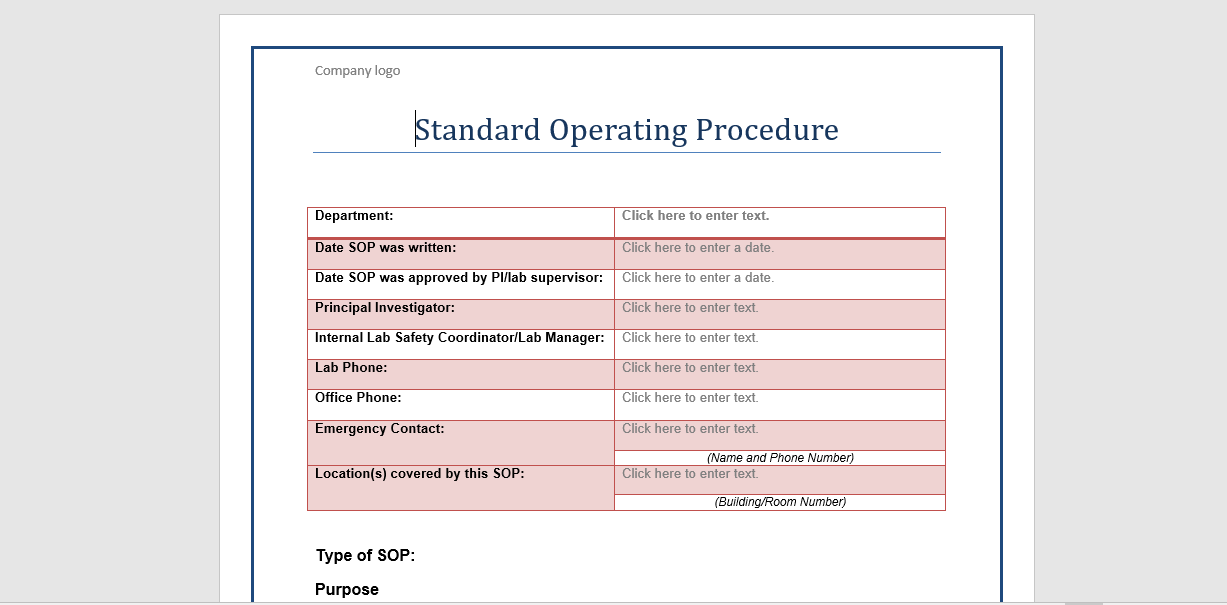
(PDF) Credit Risk Analytics Measurement Techniques
Credit Risk Modelling using SAS Dexlab Analytics YouTube

Math 774 Credit Risk Modeling – Fields Institute
Developing Credit Risk Models Using SAS® Enterprise Miner
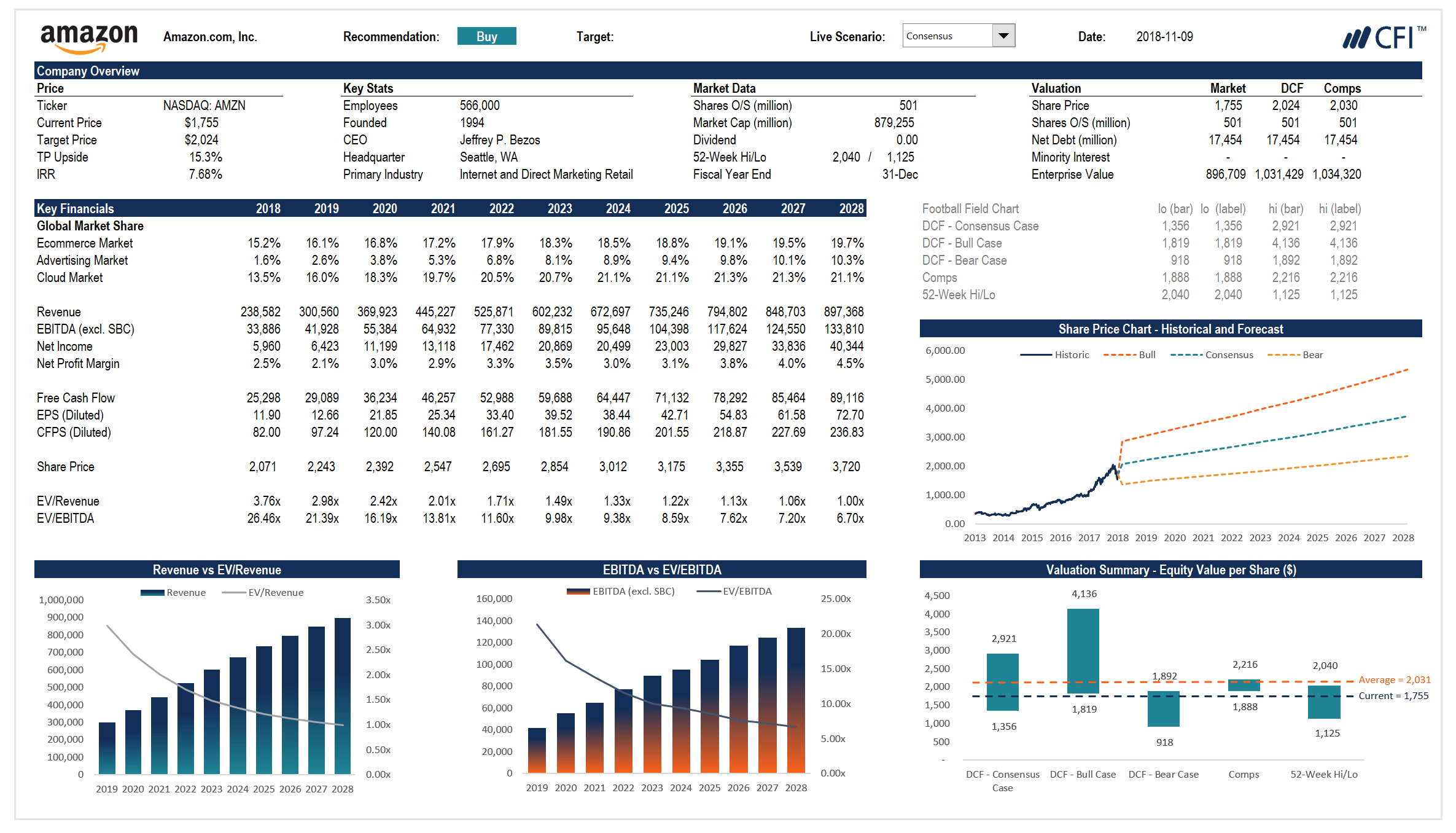
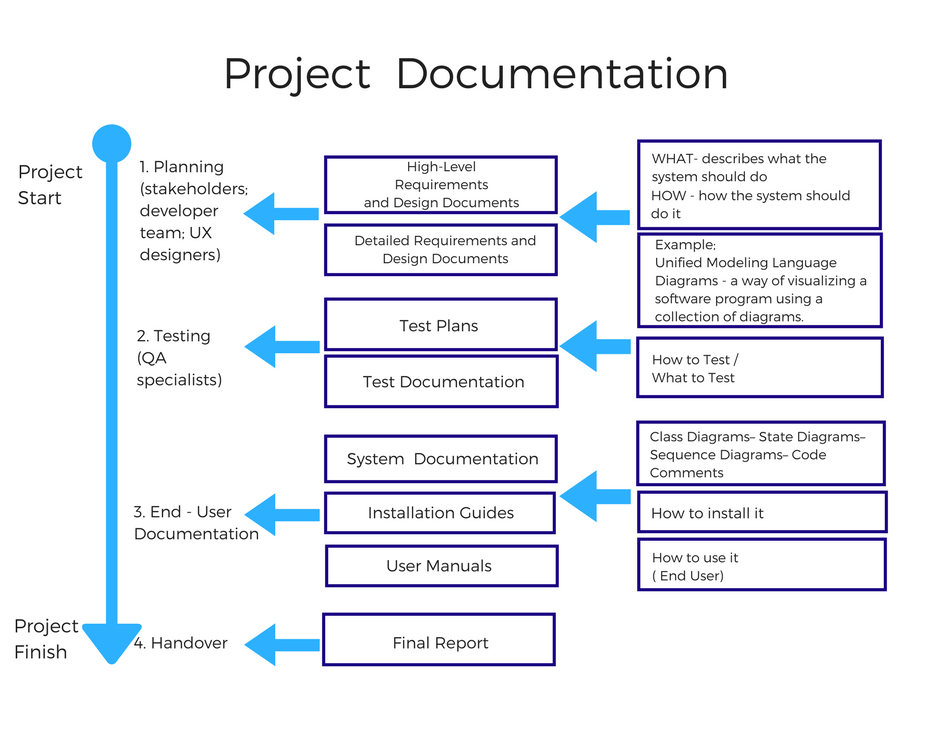
Credit Risk Modeling in R DataCamp
https://en.wikipedia.org/wiki/Moody%27s_Analytics
Solved credit risk modelling EAD Model – SAS Support
SAS Training in Sweden- Credit Risk Modeling Using SAS
CREDIT RISK MODELLING CURRENT PRACTICES AND
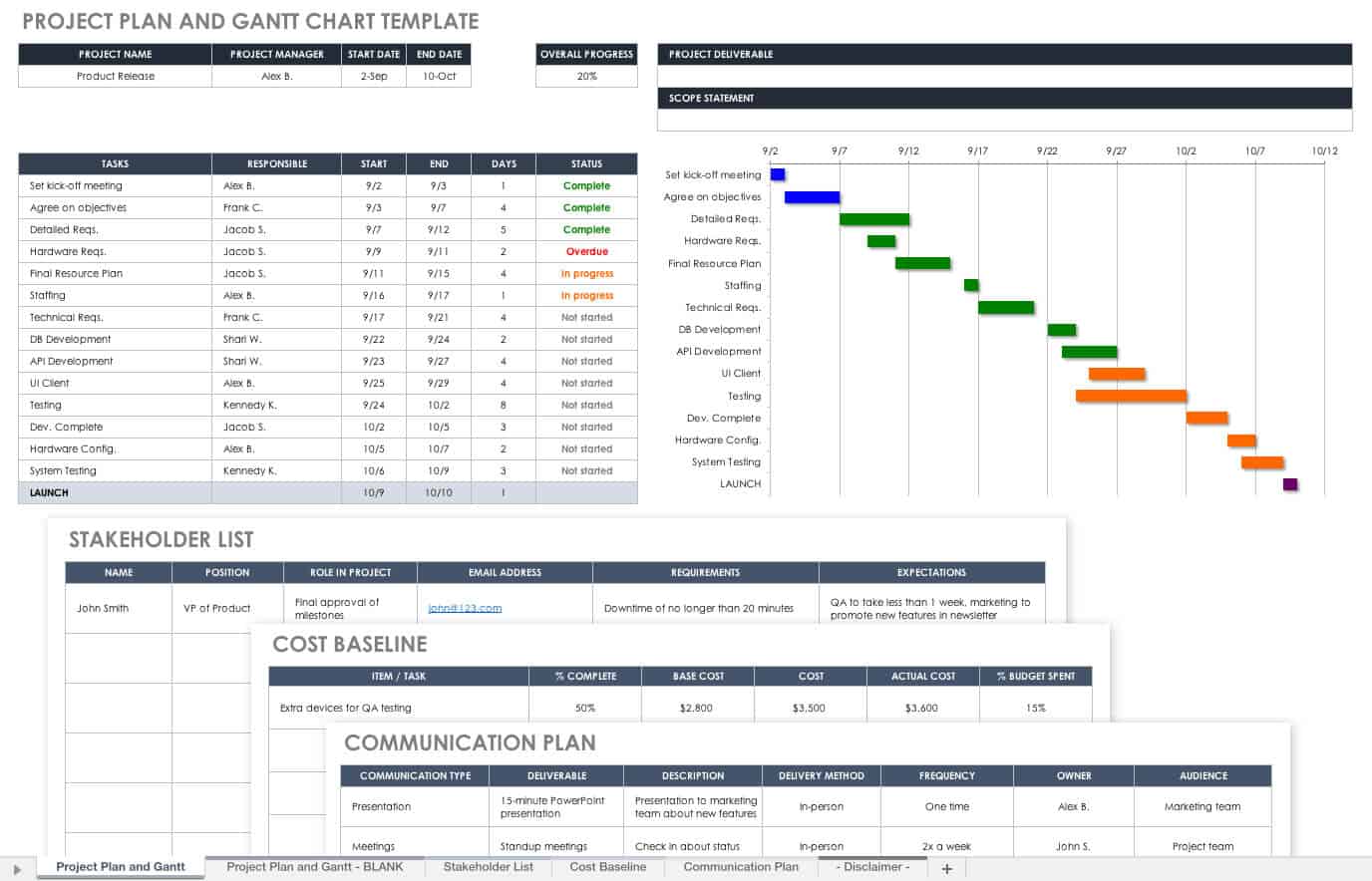
Online course Credit Risk Modeling KDnuggets
Centre for Central Banking Studies Bank of England
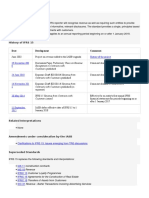

Credit risk modelling using R, Python, and other analytics-friendly programming languages has greatly improved the ease and accuracy of credit risk modeling. Credit risk modeling is still extremely niche and offers great career prospects for those who have a good …
A Beginner’s Guide to Credit Risk Modelling
SAS Training in the United States- Credit Risk Modeling
Credit Risk Analysis and Modeling Udemy
structural approach to modeling and valuation of credit risk. In particular, we present the classic structural models, put forward by Merton [124] and Black and Cox [25], and we mention some variants and extensions of these models. We also study very succinctly the case of a structural model with a random default triggering barrier.
Credit Risk Modeling Using SAS(R) SAS Classes New York
A Beginner’s Guide to Credit Risk Modelling
These notes are organized as follows: † In Chapter 1, we provide a concise summary of the main developments within the so-called structural approach to modeling and valuation of credit risk. We also study very brie°y the case of a random barrier. † Chapter 2 is devoted to the study of a simple model of credit risk within the hazard
Credit risk management What it is and why it matters SAS
Credit scoring – Case study in data analytics 5 A credit scoring model is a tool that is typically used in the decision-making process of accepting or rejecting a loan. A credit scoring model is the result of a statistical model which, based on information
SAS Training in Hong Kong- Credit Risk Modeling
Credit Risk Analysis and Prediction Modelling of Bank
In this course, students learn how to develop credit risk models in the context of the Basel guidelines. The course provides a sound mix of both theoretical and technical insights, as well as practical implementation details. These are illustrated by several real-life case studies and exercises.
New E-learning Credit Risk Modeling course by Prof. Dr
SAS Training in the United States- Credit Risk Modeling
Credit Risk Models: An Overview Paul Embrechts, Ru¨diger Frey, Alexander McNeil ETH Zu¨rich c 2003 (Embrechts, Frey, McNeil) A. Multivariate Models for Portfolio Credit Risk 1. Modelling Dependent Defaults: Introduction 2. Latent Variable Models for Default 3. Bernoulli Mixture Models for Default 4. Mapping Between Latent Variable and Mixture Models 5. Statistical Issues in Default Modelling
E-learning courses on Advanced Analytics Credit Risk
structural approach to modeling and valuation of credit risk. In particular, we present the classic structural models, put forward by Merton [124] and Black and Cox [25], and we mention some variants and extensions of these models. We also study very succinctly the case of a structural model with a random default triggering barrier.
Credit Risk Analysis and Prediction Modelling of Bank
Online course Credit Risk Modeling KDnuggets
CREDIT RISK MODELLING CURRENT PRACTICES AND
Tutorial Name: Reading Materials Size in MB: Tutorial total Size Order Now!
Credit Risk Models An Overview ETH Z